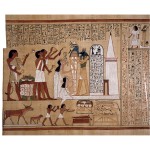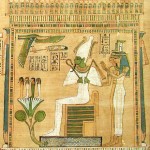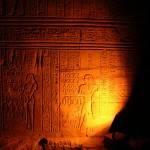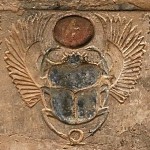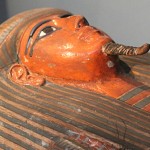
Book Review: Egyptian Myth – A Very Short Introduction
Williams reviews Egyptian Myth – A Very Short Introduction by Geraldin Pinch. Pinch has a formidable task. In 125 pages, Pinch outlines the framework within which Egyptian myths are contextualised before outlining the mythology itself. Such a brief book could have been facile but instead Williams is impressed by Pinch’s achievement. He explains why. [more…]
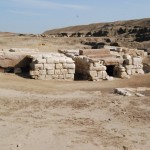
A Context for Nehmes-Bastet (KV64): A Birds Eye View of the Early Third Intermediate Period – Part 2
In Part 1 the political background to and development of the Third Intermediate Period was described, emphasizing the way in which power became divided, both within the Delta and between the Delta and the south, where the Theban high priests became increasingly powerful. Part 2 looks at the blending of Libyan and Egyptian traditions, with new ideas expressed in funerary practices and in the role of religious institutions. [more…]
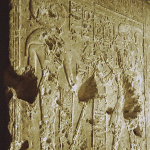
Notes on the Goddess Pakhet
In her article on Hatshepsut in the December 2011 edition of the Magazine, Barbara O’Neill mentions the deity Pakhet. The following introduces what little is known about this elusive deity. Pakhet was represented in the form of a woman with a lion’s head (figure 1- click to see the bigger image). She looks very like leonine representations of Sekhmet and Bastet and was often associated with them. [more…]

A few thoughts about duality and the desert
Brian Alm’s excellent introductory article on ancient Egyptian religion in Edition 1 of Egyptological, the first in a series of five articles on the topic, includes a section on duality. I have often pondered the extent to which the Egyptians segregated religious belief, which potentially formed an explanatory but idealized model of life, from everyday pragmatism. Duality is a good case in point. [more…]
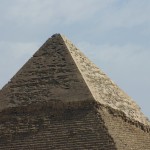
 By
By 